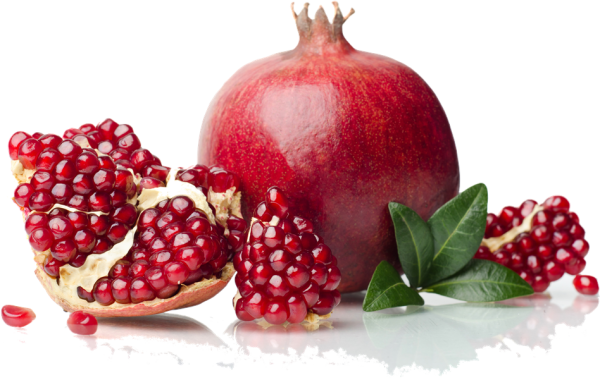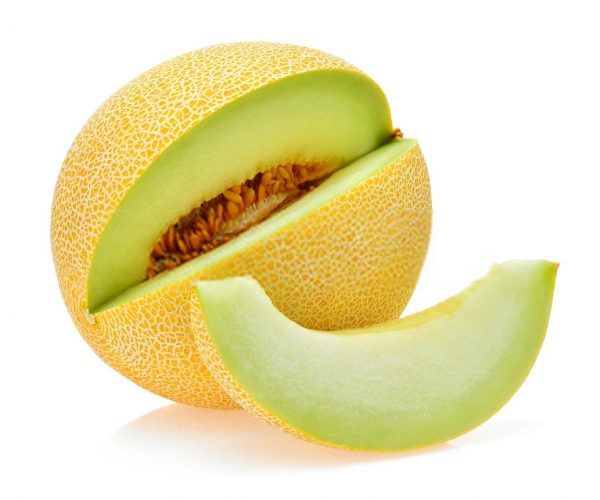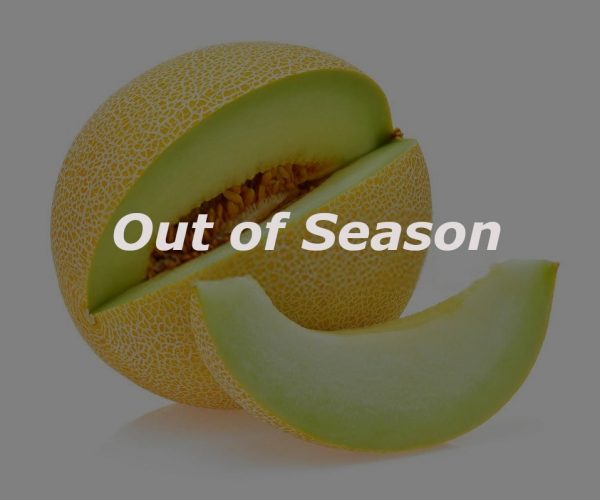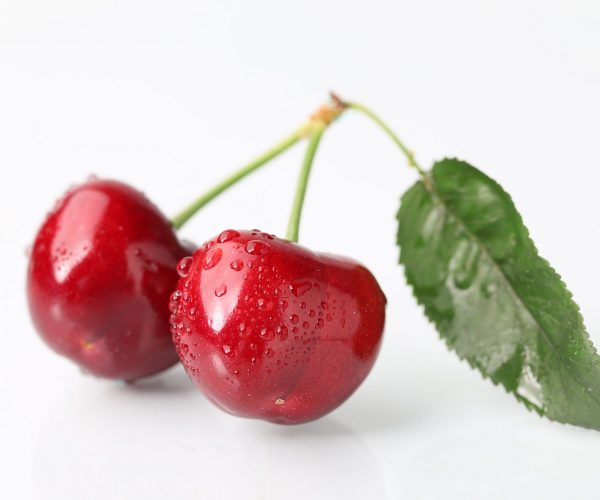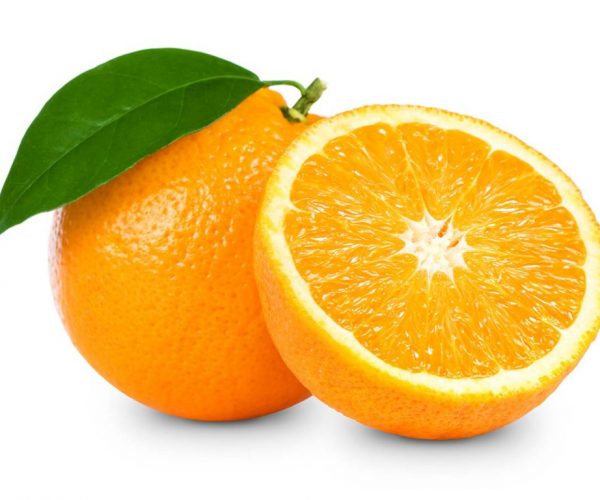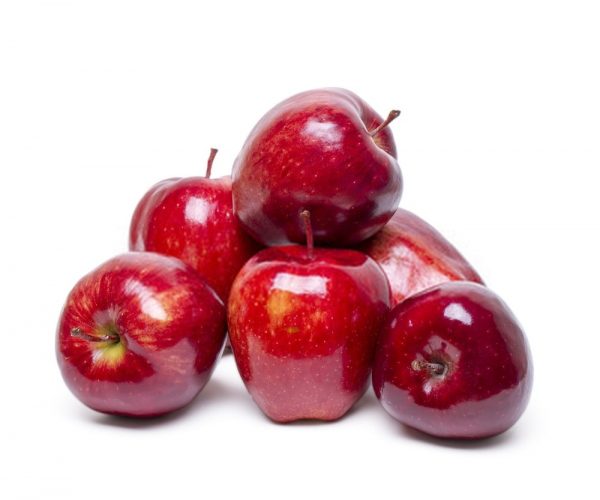The Pomegranate, Punica granatum L. is a shrub that produces a red fruit. Pomegranate is round in shape and looks kind of like a red apple with a flower-shaped stem. It is intermediate in size between a lemon and a grapefruit, 5–12 cm (2.0–4.7 in) in diameter.
The skin of the pomegranate is thick and inedible, but there are hundreds of edible seeds within. Each seed has a surrounding water-laden pulp, known as an aril. The seeds and arils are the edible parts of the fruit.
Pomegranate is Native to Central Asia, has spread to the Mediterranean Basin, Southern Asia and several countries of North and South America. They are grown in mild temperate to subtropical climates in regions with cool winters and hot summers. Iran, India and China are the leading producing countries. Generally, pomegranate’s harvested-time is in September for early ripening varieties and continues through October for later ripening cultivars.
Pomegranate classification
Pomegranate may be classified in several ways:
according to taste, there are three categories: sweet, sour-sweet and sour pomegranate.
according to skin thickness, there are two categories: thin skin and thick skin.
according to skin color, there are five categories: red, pink, yellow, green and black.
according to seeds color, there are three categories: dark red, light red and white.
Persian pomegranate
Iran is considered as one of the biggest producers and exporters of pomegranate in the world. Pomegranate has been cultivated in Iran since ancient times and wild pomegranates still grow in parts of Iran. more than 760 cultivars of pomegranate, with different characteristics and flavors are grown in plantations in all over the country. The most well-known commercial pomegranate cultivars of Iran are:
Saveh pomegranate, Isfahan pomegranate, sour-sweet pomegranate, red seed pomegranate, Shahsavar pomegranate.
Applications
Retail
pomegranates are consumed as fresh fruit, used for making juice or as an ingredient for home cooking recipes.
Uses
Excellent flavor, nutritive and antioxidant values, and the medicinal properties of pomegranate fruits show their high potential for processing into value-added products with extended shelf lives. thus, pomegranate are used widely in food, cosmetic and medical industries
Food industries
The edible parts of pomegranate are utilized in food industries to produce juice, concentrates, pomegranate puree, jams, jellies, syrup, pomegranate peel powders, also for flavoring and food seasonings and coloring beverage products, etc.
cosmetic and medical industries
Edible and inedible parts of pomegranate, including flowers, seeds, peel, etc. are extensively used in therapeutic formulas and health and skin-care products. Pomegranate seed oil is the most important of these products which has nutritional and medicinal properties.


